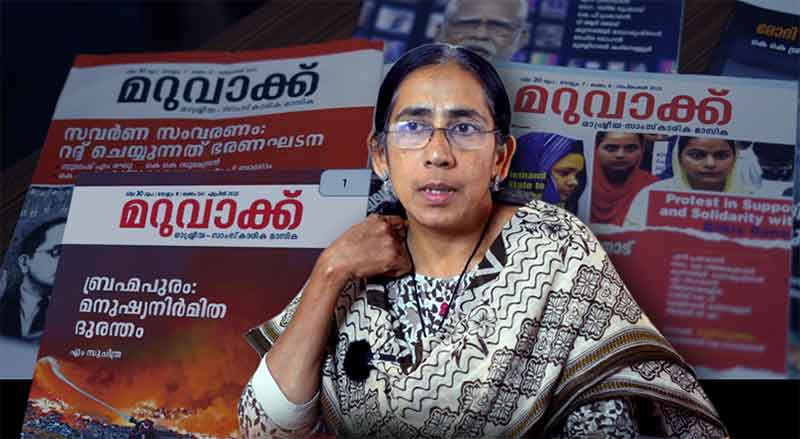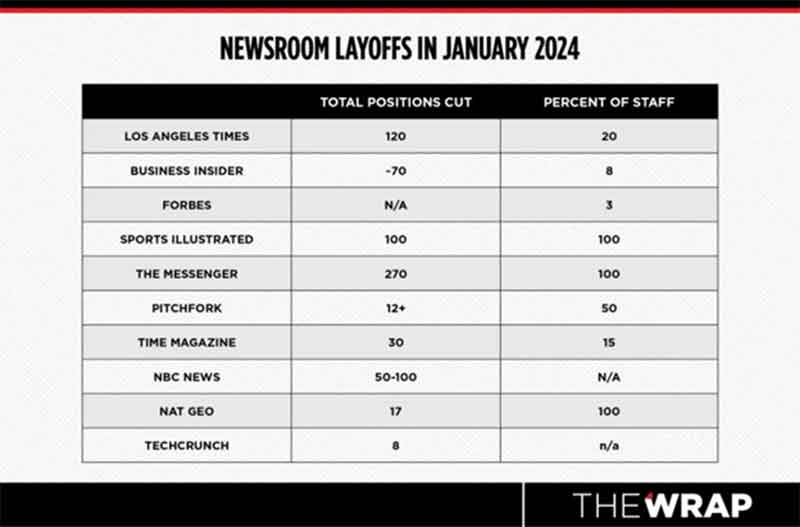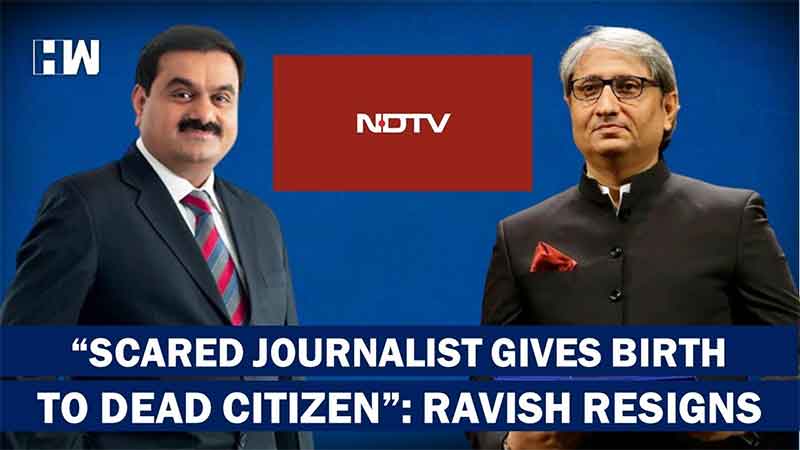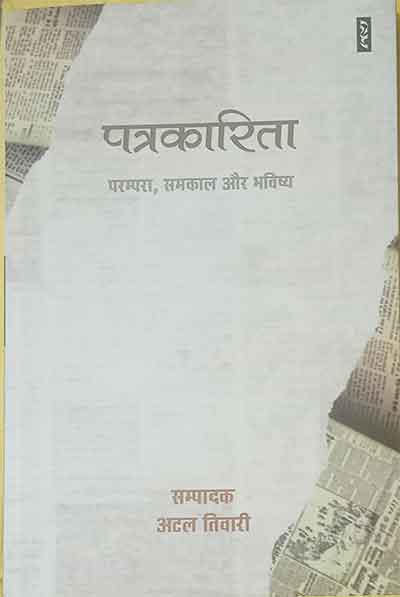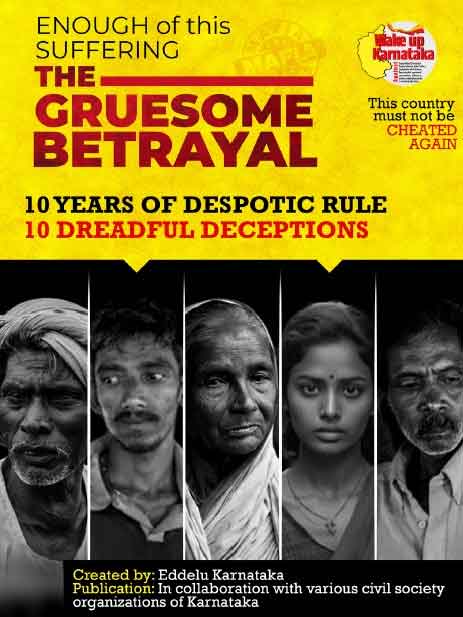An Analysis of a decade of arrests, detentions, summons, interrogations and show-cause notices against journalists in India 2010-20
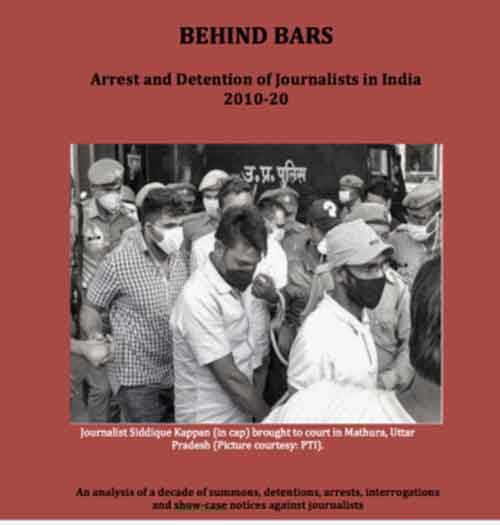
The year 2020 has been a bad one for journalists in India. The Covid-19 pandemic has caused illness and death, and the lockdown resulted in salary cuts and loss of livelihood due to mass retrenchments effected by media houses. The killing and attacks on journalists have continued unabated. While self-censorship within the media remained an open secret, the government sought to increase regulation of the media, with media policies, funding and administrative mechanisms for online media.
A sharp rise in criminal cases lodged against journalists in India for their work, with a majority of cases in BJP-ruled states, has contributed to the deterioration in the climate for free speech in India. In the last decade, 154 journalists in India were arrested, detained, interrogated or served show cause notices for their professional work and a little over 40 per cent of these instances were in 2020. Nine foreign journalists faced deportation, arrest, interrogations or were denied entry into India.
Apart from cases under various sections of the Indian Penal Code (IPC), ‘terror’ related charges and sedition have also been increasingly applied against journalists. Three journalists are in custody under various sections of the Unlawful Activities (Prevention) Act, 1967 (UAPA), one of them being convicted with life imprisonment. In 2020, given the lockdown due to the pandemic, sections of the Disaster Management Act and Epidemic Diseases Act, along with prohibitory orders under Sec 144 of the Criminal Procedure Code (CrPC) have also been increasingly applied against journalists.
Along with the already prevailing impunity for crimes against journalists, these instances clamp down on the flow of information and have a chilling effect on the freedom of the media in India.
Politicians and corporate houses have filed criminal defamation cases seeking damages in crores and SLAPP suits while there are gags on media coverage of sensitive cases. The number of criminal defamation cases filed against media persons and its chilling effects due to the harassment of prolonged court proceedings would require another study altogether.
But there is a worrying increase in using contempt charges to curb freedom of expression. The Supreme Court of India initiated contempt proceedings against comedian Kunal Kamra and ‘Sanitary Panels’ comic strip creator Rachita Taneja. Content on the online platforms is taken down, often at the behest of government or the police.
India’s ranking has been slipping steadily in various national and international indices on safety of journalists, freedom of expression and human rights. Studies have shown that India’s rate of conviction on deaths of journalists — over 30 since 2010 — is pathetic, with just three convictions. Physical attacks on journalists have increased, with at least 198 serious attacks between 2014-19, including 36 in 2019 alone.
In 2020, three journalists were killed due to their professional work. On June 24, journalist Shubham Mani Tripathi was shot by unidentified persons in Unnao, Uttar Pradesh, in retaliation for his reports on sand mining in the area; on November 8, journalist Isravel Moses of Thamizhan TV was hacked to death by alleged drug dealers; on November 27, Rashtriya Swaroop journalist Rakesh Singh ‘Nirbhik’, died when his house was set on fire in Balrampur, Uttar Pradesh.
In other instances, there is no clarity as yet about whether the deaths were related to their work. Police investigations are still inconclusive over the death of Parag Bhuyan, journalists of Pratidin Time, an Assamese television channel in a ‘hit-n-run’, on November 13 at Kakopathar,Assam,.
Attacks on journalists, including the horrific hounding and assault on Caravan journalists Shahid Tantray, Prabhjit Singh and a woman journalist in the national capital in Delhi on Aug 11, continue unabated. In this instance, despite lodging official complaints, police failed to register an FIR. Other cases, shrouded in impunity, are poorly investigated. The nexus between law-enforcing agencies, the local administration and local business and political interests have ensured that justice remains elusive.
At the beginning of the year, India’s Union Minister for Information and Broadcasting Minister Prakash Jawadekar debunked ratings by international organisations and announced the setting up of a review by senior Indian journalists. Ironically, the current NDA government has been unabashed in its selective engagement with news media that are seen as pliant. It has disregarded critical media and its media policy is designed to exclude news media perceived as ‘anti-national’ from the award of official government advertising.
The hostile and dismissive attitude of the government towards independent media reportage and the criminalizing of journalists for their reports were nowhere more marked than in the first few months of the lockdown announced by the Union government in March 2020. An advisory was issued by the Union Ministry of Electronics and Information Technology (MeiTY) on March 20, 2020, to all social media platforms to ‘inform users not to host, display, upload, modify, publish, transmit, update or share any information that may affect public order and unlawful in any way.’ A meeting between Prime Minister Narendra Modi and select media owners to ensure positive articles about the pandemic followed this on March 24.
Taking their cue, different State governments issued notifications regulating the media. The Supreme Court, in a petition on the plight of migrant labour after the announcement of a countrywide lockdown with barely four hours notice, accepted a status report of the Union Government that said the ‘exodus of migrant labourers was triggered due to panic created by some fake/misleading news and social media’.
Given these pronouncements, the punitive attitude of the state towards journalists has percolated to law-enforcing agencies and all levels of the administration. Instead of a climate allowing the media to hold the agencies accountable, journalists end up being criminalized and put in the dock.
Free Speech Under Attack
There have been other attacks on freedom of expression in India, affecting all citizens, political and social activists, artists, filmmakers, writers, theatre performers, stand-up comics, cartoonists and users of social media networking platforms.
India ranks as the country with the highest number of Internet shutdowns, with at least 64 shutdowns tracked by Software Freedom Law Centre (SFLC.in) in 2020 alone. In August 2019, on the eve of the abrogation of Art 370 in Kashmir, the Internet was shut down across the state, with access selectively restored as the state was downgraded into a Union Territory. Till date, despite multiple petitions in the Supreme Court including pleas by doctors seeking information on tackling the Covid-19 pandemic, full 4G Internet is not allowed in Kashmir.
The end of the decade has also marked the rise of a highly polarized and partisan media. Blatantly fuelling false and inciting news coverage, this — mainly broadcast — media indulged in propaganda, demonization of Muslims and peddled false information. As The Hoot annual free speech report for 2014 said, the year saw the sharpest rise in hate speech instances from two in 2012 and ten in 2013 to 22 instances, peaking in the run-up to what was billed as the most divisive general election in India’s history. Hate propaganda by established media has only increased. A report by the Campaign Against Hate pointed out that the ‘demonization of Muslims in the case of the Tablighi Jamaat cluster was in continuation with media’s characterisation of the anti-CAA protestors as anti-nationals. In both cases, the message from sections of the media was that these individuals and communities were not entitled to full constitutional rights.
It is in this context thatFree Speech Collective undertook this analysis of a decade of cases lodged against journalists or other forms of harassment and intimidation through interrogations and show-cause notices.
I
STORY-TELLERS BEHIND BARS
A sharp rise in criminal cases lodged against journalists in India for their work, with a majority of cases in BJP-ruled states, has contributed to the deterioration in the climate for free speech in India. Along with the already prevailing impunity for crimes against journalists, these instances clamp down on the flow of information and have a chilling effect on the freedom of the media in India.
In the last decade, 154 journalists in India were arrested, detained, interrogated or served show cause notices for their professional work. Sixty-seven of these were recorded in 2020 alone. Between 2010-20, nine foreign journalists faced deportation, interrogation or were denied entry into India.
A majority of the Indian journalists worked for non-English print publications and television channels, were freelancers or published on various online social media platforms.
Seventy-three of the 154 cases documented in this study have been reported from BJP-ruled states. Another 30 cases were reported from states ruled by BJP and its National Democratic Alliance (NDA). Of the cases in BJP-ruled states, Uttar Pradesh led the pack with 29 cases. Other instances are from states under President’s Rule or Governor’s rule, directly under the control of the Union government.
For the first four years of the decade under this study, the Congress-I led United Progressive Alliance (UPA) was in power at the Centre while the BJP-led National Democratic Alliance (NDA) has been in power since May 2014. There were 19 cases under the UPA watch, i.e. between 2010-May 2014. From 2017, the number of cases against journalists has been in double figures.
Journalists have been arrested and face court cases on ‘terror’ and ‘conspiracy’ charges under sections in the Unlawful Activities (Prevention) Act, 1967 (UAPA), Official Secrets Act (OSA), sedition, spreading communal disharmony, trespass, cheating, criminal conspiracy in the Indian Penal Code (IPC), 1860, obscenity under the Information Technology Act, 2000, the Disaster Management Act, 2005, the Epidemic Diseases Act, 1897 and prohibitory orders under Sec 144 of the Criminal Procedure Code, 1973.
Two journalists –Aasif Sultan of the Kashmir Narrator and Siddique Kappan of Azhimukham – are still in custody on charges under the UAPA while a third, Prashant Rahi, has been convicted and sentenced to life imprisonment. On June 25, 2019, Ghulam Jeelani Qadri, journalist and publisher of the Urdu-language newspaper Daily Afaaq from Srinagar, Jammu and Kashmir, was arrested on charges under the now lapsed Terrorist and Disruptive Activities (Prevention) Act, 1985!
Over the ten-year period, 56 journalists were arrested and spent varying amounts of time behind bars before being released on bail. This year, journalist Prashant Kanojia spent 80 days in jail for merely posting a tweet, securing bail only after 61 days. At least 13 journalists obtained anticipatory bail while an equal number were detained. At least 45 others have had FIRs lodged against them.
Over the decade, journalists and the stories that evoked such drastic response included:
- the editors of ‘Dastak’ magazine Seema Azad and Vishwa Vijay (arrested and awarded life imprisonment on charges of sedition and criminal conspiracy under the UAPA for writing about the opposition to the Mayawati government’s forcible land acquisition for the Ganga Expressway project;
- journalist K K Shahina charged under the UAPA for an article on the police investigation against Abdul Nasar Madani;
- Quint journalist Poonam Agarwal charged under the Official Secrets Act for a sting report on the sahayak system and abetment to suicide, following the death of Roy Mathew, one of the sahayaks interviewed;
- Deccan Herald journalist, Muthi-ur-Rehman Siddiqui arrested on charges of being the mastermind in an alleged Lashkar-e-Toiba plot to kill other journalists for their ‘right-wing leanings’;
- television journalist Jaikhlong Brahma, arrested on charges of “providing information to extremists;
- freelance journalist, Neha Dixit who wrote an exposé on trafficking of young girls titled Operation #BabyLift;
- journalists Kamal Shukla and Prabhat Singh faced multiple cases, including sedition charges against Shukla;
- journalists Abhilash Padacherry, Ananthu Rajagopal, arrested on charges of obstructing public officials when they went to cover the Vadayampadi ‘caste wall’ in Kerala;
- journalist Auqib Javeed questioned in the case of Asiya Andrabi, chief of Kashmiri women’s separatist groups Dukhtaran-e-Millat (DeM) who was arrested by the NIA under charges of sedition and UAPA;
- journalists Masrat Zahra and Gowhar Geelani booked by the Cyber police, Srinagar, for allegedly ‘indulging in unlawful activities’ through his posts and writings on social media;
- journalist Ashwani Saini who had five FIRs lodged against him for his video report on the failure of the administration during the lockdown and other pandemic-related stories
(Note: Please download the report for the complete list):
Foreign journalists have found the going tough, denied visas and restricted from travelling to ‘conflict’ areas. In 2011, noted radio broadcaster David Barsamian was deported from Delhi airport. In 2017, ABC Four Corners, an Australian news team led by Stephen Long, was forced to leave Gujarat while reporting on the Adani Group’s Mundra port. In December 2017, Paul Comiti, a French freelance journalist, was arrested for filming a documentary without permission and violating visa regulations, Jammu and Kashmir police said. Other cases in 2018 were of Alban Alvarez, correspondent for French news channel FRANCE24 in India, and Derek Mac Donald, a British national; Arthur Roland Rene and Jules Damien, Mark Scialla while Cathal McNaughton, chief photographer at the Reuters news agency’s Delhi office was denied entry.
Cases against Republic television channel owner Arnab Goswami and Zee News television channel editor Sudhir Chaudhary related to their allegedly inflammatory news coverage. Goswami was arrested on an abetment to suicide charge relating to his media business and released on bail, following a Supreme Court order. The case provided stark evidence of preferential treatment regarding the grant of bail accorded to mediapersons perceived to be close to the ruling political party, in stark contrast to the harassment and prolonged incarceration of journalists who are seen as critical voices against the ruling establishment.
Apart from the arrests, a number of journalists were summoned for interrogation or served with show cause notices, often a precursor to punitive action by the administration. For journalists reporting from conflict areas like Jammu and Kashmir, constant surveillance and summons from the police or administration over news reports is routine, with the unspoken threat of a case being filed if journalists continue to challenge the invisible boundaries drawn for them.
Only 14 journalists managed to fight court cases and secure their acquittals or had their cases quashed or disposed of. Their legal battles, long and often lonely and with scant support, came with a price. They have lost jobs and faced intense trauma and isolation, run up huge debts, caught up in a quagmire of weekly attendance in police stations and successive court dates till cases are ultimately resolved.
In the wake of massive economic upheaval, the collapse of public health systems, the rise in unemployment, privatization of public resources and policies that result in displacement and adversely impact the environment, the penalizing of journalists seeking to hold governments accountable, along with the killing and attacks on journalists, will have a deleterious effect on media freedom in India. It is vital to protect the freedom to access and disseminate information, shape public opinion and challenge dominant narratives.


